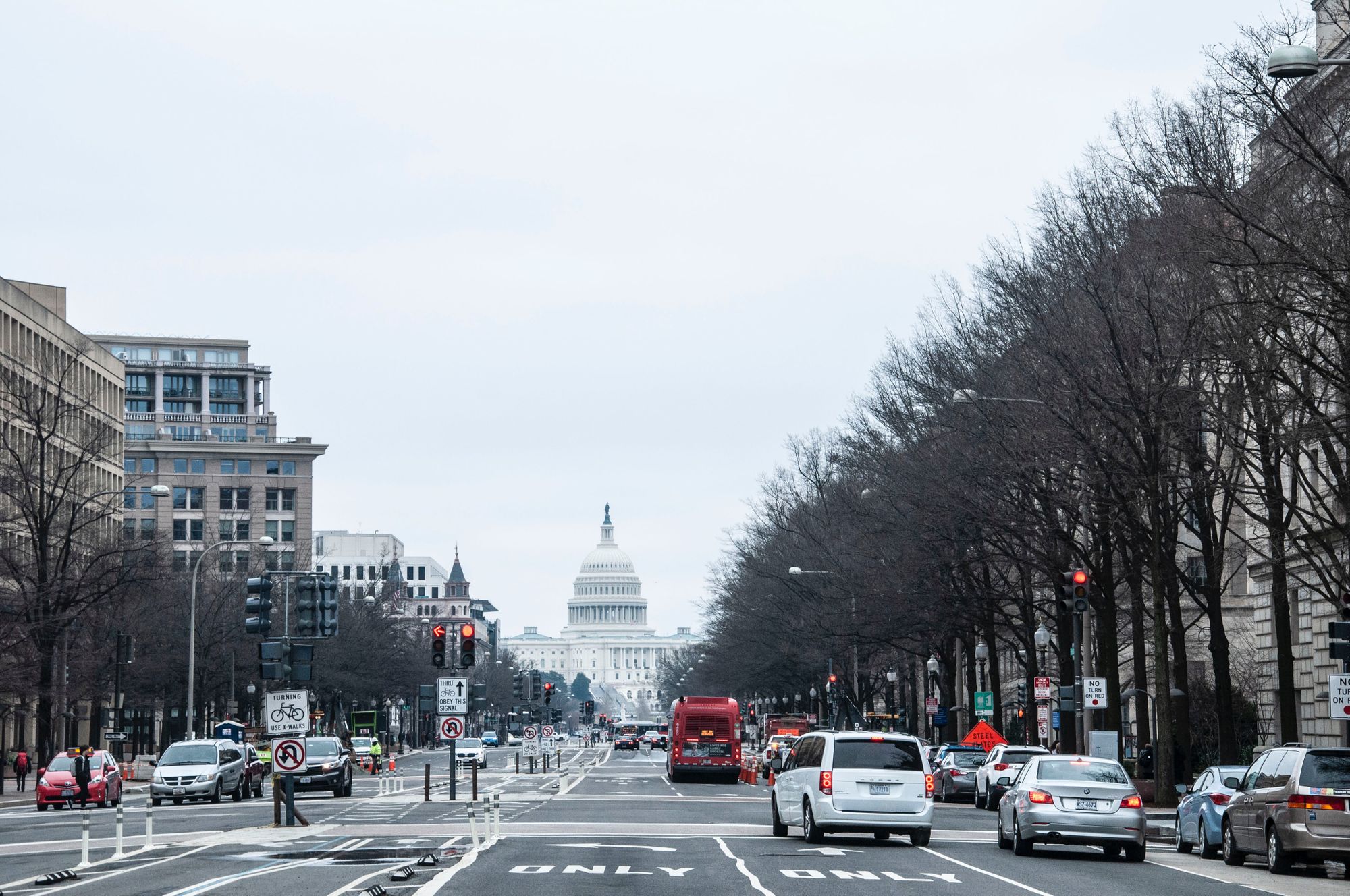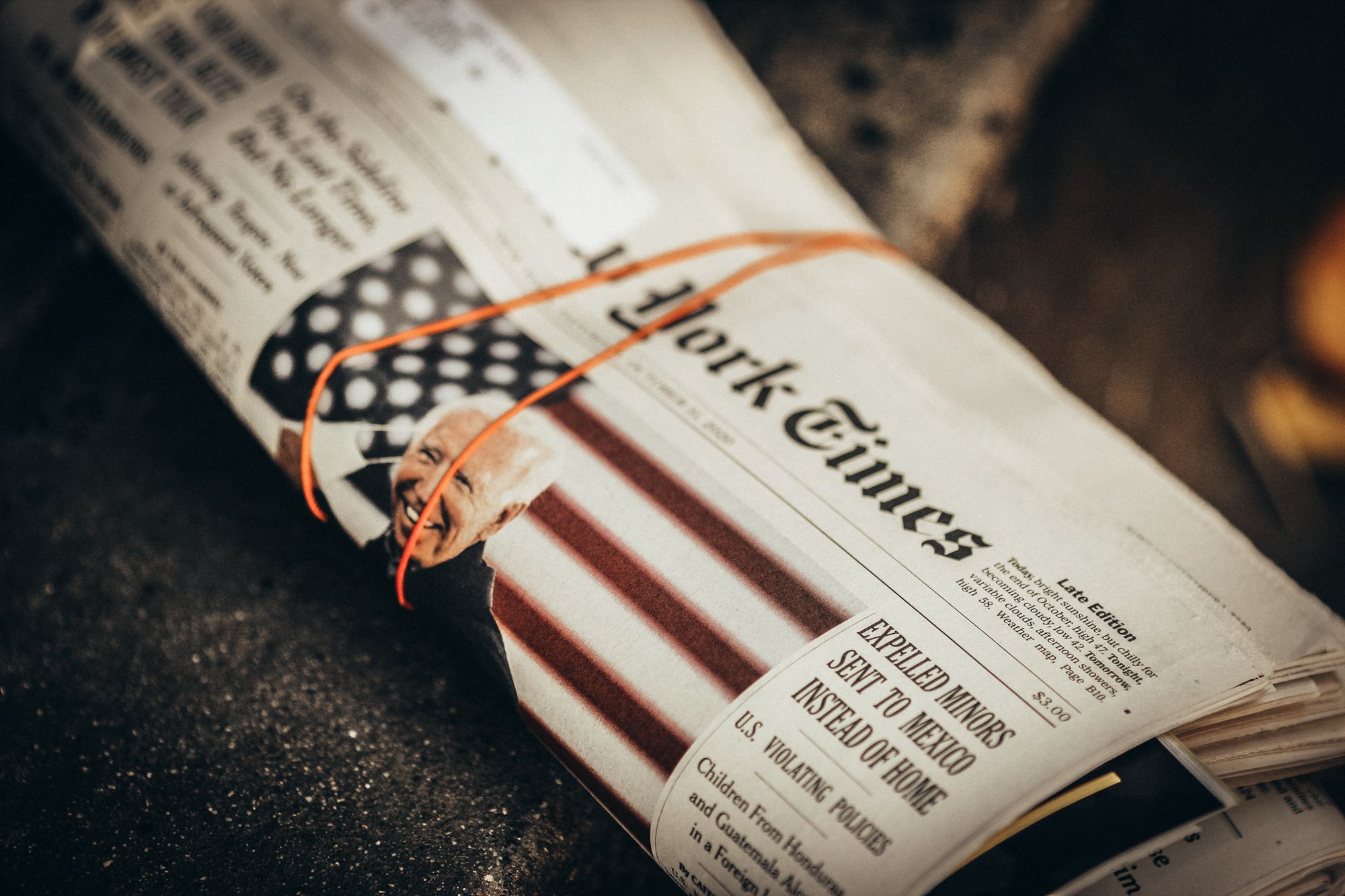Unions and democracies have a lot in common as each are systems that make decisions based on the majority opinions of the people they serve. Yet, in order to make sure those interests stay top of mind, unions are the groups that must take part in the political process — and not the other way around (though when one is floundering, it’s likely that so is the other).
Below, we’ve outlined how unions fit into the political process, how they impact elections and laws, and what the future of unions looks like through the lens of the current administration.

Union effects on U.S. elections
Unions don’t just endorse candidates with a signal of their verbal support — they also play a big role in donating to political campaigns.
An individual union member’s participation in the endorsement of political candidates — and therefore, where donations will be dispersed — depends on the particular union they’re a part of.
According to In These Times, some unions hold a direct voting process (e.g. the National Union of Healthcare Workers) where individual members vote on the candidate(s) the union should support. Other unions rely on a leadership council to determine who the union throws their political capital behind (e.g. the American Federation of Teachers).
In 2020, University Professional and Technical Employees, a California chapter of the Communications Workers of America, revamped its endorsement process to better serve its members’ participation. Through a four-step process — a survey asking members about issues; an interview stage with political candidates; a period where issues could be analyzed; and, finally, a vote on an endorsement — the union said that “a process with greater member involvement was well worth the additional effort.”
Especially over the course of the past six years, political candidates have put more emphasis on appealing to rank-and-file workers, as union members have asked for more of a seat at the table. For example, during the 2020 election, the AFT announced that political candidates must attend a union town hall to be considered for an endorsement.
Though labor unions have historically leaned toward supporting Democrats, the gap has narrowed in recent years. The 2016 election marked the lowest vote margin between Republican and Democratic presidential candidates since 1984.
A labor union’s political action committee (PAC) is categorized as a separate segregated fund and, therefore, according to the Federal Election Commission, “may use its treasury funds, including funds derived from commercial activities or dues payments” to fund all parts of a PAC.
According to Open Secrets, 48 public sector union PACs contributed $15,717,592 to political candidates in the 2020 election cycle — the largest contribution since the 2012 election cycle — with $13,854,392 of that going to Democratic candidates. The largest public sector trade union, The American Federation of State, County and Municipal Employees (AFSCME), led all unions in contributions with more than $2.5 million, with more than 99% of it going to Democratic candidates (most unions tend to donate to Democratic candidates).
Some of the biggest PACs spenders across other union industries:
- Carpenters and Joiners Union (building trade unions)
- International Brotherhood of Electrical Workers (industrial unions)
- National Air Traffic Controllers Association (transportation unions)
- American Federation of Teachers (teachers unions)
Union support in political elections can also impact the results, especially with down-ballot races. A study by researchers at the University of Pennsylvania based on municipal elections in the 150 largest cities in the U.S. between 1990 and 2012 found that union support had a positive effect for candidates challenging an incumbent:
| “We find that [political] challengers strongly benefit from endorsements in competitive elections. … Moreover, the effect on the incumbent’s reelection probability is not only negative ... but the effect is large in magnitude. Our estimates that the probability of winning reelection is reduced by 22 to 41 percentage points if the challenger receives an endorsement.”
Another finding of the study showed that challengers who received a union endorsement and were eventually elected tended to adopt “more union-friendly fiscal policies.”
And, if union-supported candidates are elected to office, their contributions don’t go unnoticed. For example, in an interview with NPR in September 2020, Lee Saunders, the president of the AFSCME, was asked about his involvement in the political process. His response (edited for clarity):
| “We talk to the Biden campaign all the time — as a matter of fact, I did a video for them yesterday talking about the importance of labor unions in this country, talking about what workers do every single day to keep this country running.”
Union support — or opposition to — legislation
When leaders are eventually in positions of power, unions can act as a mouthpiece for constituents on a large scale, signaling what benefits or hurts workers’ interests.
Take, for example, the Affordable Care Act (ACA), or Obamacare. Following the passage of the law in 2010, many unions signaled their support:
- "Working people won a resounding victory.” — Service Employees International Union (SEIU) President Mary Kay Henry
- “... millions of Americans can breathe a sigh of relief ...” — National Education Association (NEA) President Dennis Van Roekel
But, as with most legislation, the ACA is far from perfect.
In an interview with Labor Notes, the National Nurses United (NNU) said that ACA didn’t go far enough, and its co-president, Jean Ross said the NNU would continue to propagate for a “universal program based on patient need, not on profits or ability to pay.”
In the case of the ACA, unions also played a part in pushing back against certain parts of the law. The so-called “Cadillac Tax” was part of the ACA and would tax employers 40% on health plans over a certain threshold, a contentious issue for some unions and companies alike. In 2018, in an effort to delay the implementation of the tax, unions, in a rare moment joined forces with some large employers and signaled their support of a delay of the implementation of the tax. (The Cadillac Tax is now expected to take effect in 2022.)
Among the unions that threw their hat in the ring:
- The United Brotherhood of Carpenters and Joiners of America
- The Laborers' International Union of North America

Unions and politics going forward
The election of U.S. President Joe Biden not only closed the chapter of a tumultuous four years but provided unions a renewed sense of importance in the political landscape.
On the eve of the 2020 election, Biden said he would be "the most pro-union president you've ever seen." Biden’s office says they will “make it easier for workers who choose to unionize to do so” and laid out several key legislative and executive plans for the next four years.
And, in one of the most vocal displays by a sitting president in support of unions, Biden put out a video in support of unionization efforts by Amazon warehouse workers in Bessemer, Ala.
Outside of the executive branch, the new administration also heralded the creation of the Labor Caucus, a new committee within the House of Representatives that aims to focus on issues of organized labor.



